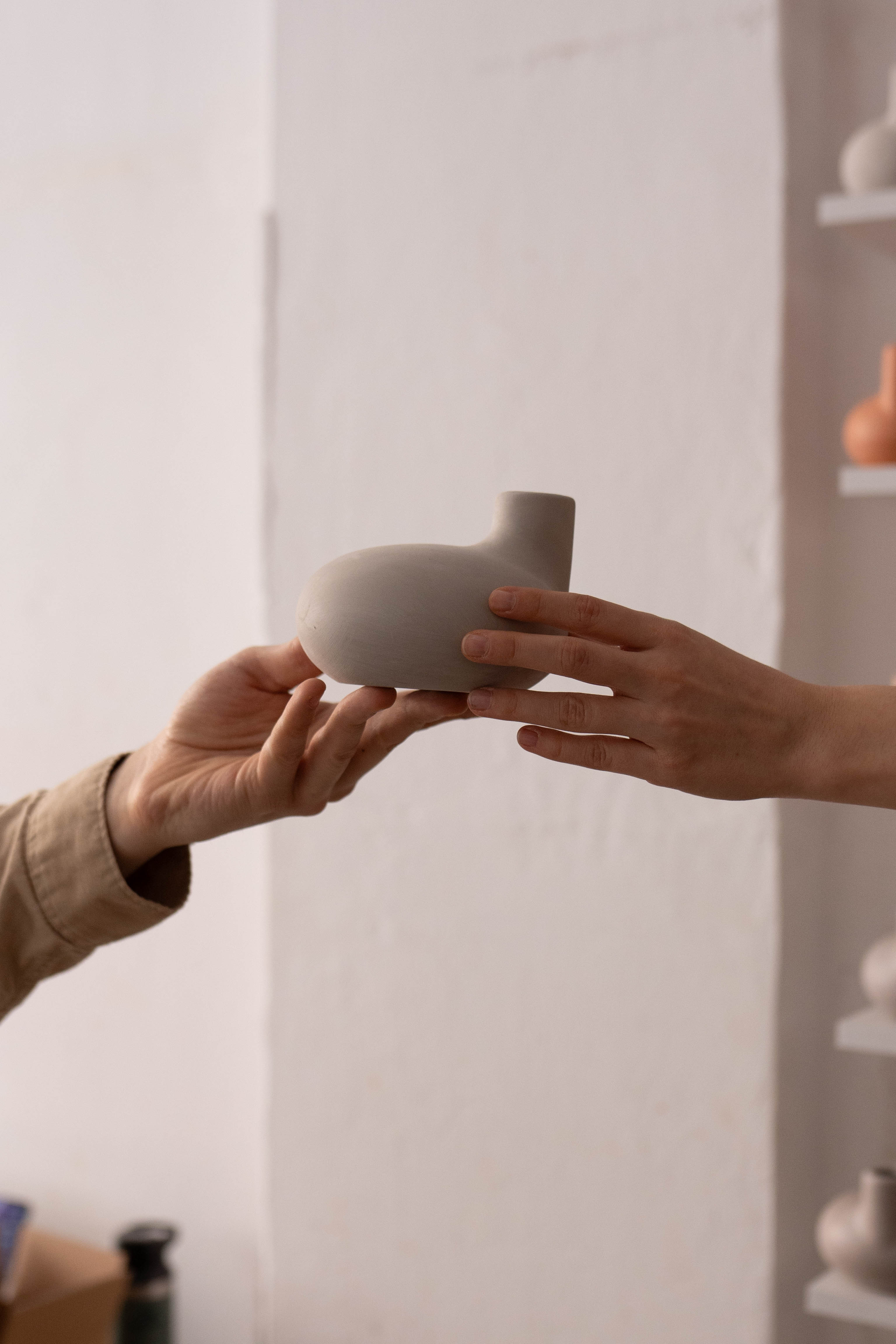Article: Biomaterials & Green Design: Shaping a Sustainable Future
Biomaterials & Green Design: Shaping a Sustainable Future
In today's world, where environmental concerns are at the forefront of global discourse, the integration of sustainability principles into various aspects of our lives has never been more important. One fascinating area where this integration is taking place is in the realm of biomaterials and green design. Let's dive into this exciting intersection and explore how these concepts are shaping a more sustainable future.
Biomaterials, derived from natural sources such as plants, bacteria, or fungi, offer a promising alternative to traditional materials that are often sourced from non-renewable resources. One standout example of biomaterial innovation is bioceramics, which utilize natural compounds to create durable and versatile materials with a wide range of applications. From medical implants to eco-friendly construction materials, bioceramics exemplify the potential of biomaterials to reduce our reliance on finite resources and minimize environmental impact.
-

Green design, on the other hand, encompasses a holistic approach to product design that prioritizes environmental sustainability throughout the entire lifecycle of a product. This includes considerations such as resource efficiency, recyclability, and minimizing waste generation. By adopting principles of zero waste and embracing biodegradability, green design seeks to minimize environmental harm while promoting the conservation of natural resources.
One of the key tenets of green design is the concept of zero waste, which aims to eliminate waste generation by maximizing resource efficiency and promoting circular economies. This approach not only reduces landfill waste but also conserves valuable resources by reimagining waste as a valuable resource that can be repurposed or recycled. By embracing biomaterials that are biodegradable and recyclable, green design further reinforces the idea of a sustainable, zero-waste future.
Beyond their environmental benefits, biomaterials and green design also offer exciting opportunities for creative expression and artistic innovation. Bio art and bio design are emerging disciplines that explore the intersection of biology, technology, and art to create visually striking and conceptually rich works. Bio ceramic vases, combined with natural binders using egg shells, are zero waste with an environmentally friendly approach. fully biodegradable vases spark important conversations about our relationship with the natural world.
In conclusion, the integration of biomaterials and green design principles represents a significant step forward in our journey towards a more sustainable future. By harnessing the power of natural materials, minimizing waste, and fostering creative innovation, we can pave the way for a world where environmental sustainability is at the forefront of design and innovation. Together, we can build a future where biomaterials and green design play a central role in creating a more resilient and environmentally conscious society.
Join us in embracing the potential of biomaterials and green design to shape a brighter, more sustainable future for generations to come.

